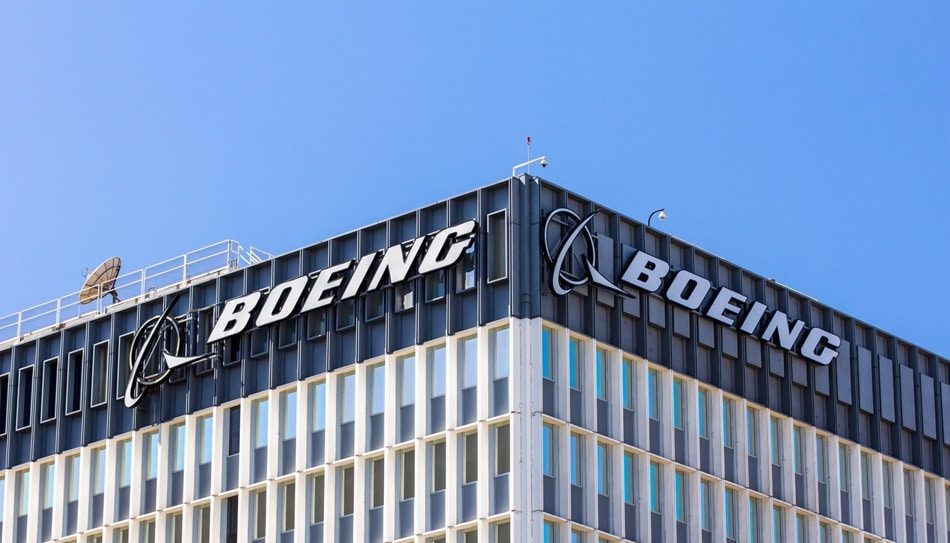Boeing and union negotiators are set to meet today in a fresh attempt to resolve a two-week-long strike that has brought the aerospace giant’s plane production to a standstill.
This strike, which began on September 13, has severely impacted Boeing’s operations, as more than 32,000 workers in the Seattle area and Oregon have walked off the job.
The Demands and Negotiation Stalemate
The International Association of Machinists and Aerospace Workers (IAM), represents the striking employees. It is demanding a 40 percent pay rise over the next four years along with the restoration of a defined benefit pension plan.
These demands come in response to Boeing’s efforts to negotiate new contracts with its employees, a move the union sees as inadequate given the company’s challenges in recent years.
Boeing is attempting to bring an end to the strike. It offered what it termed a “best and final offer,” consisting of a 30 percent pay rise over four years and a performance-related bonus.
However, the IAM has rejected this proposal, stating that it falls short of the expectations and needs of its members.
The union refused to put the offer to a vote, a clear indication of its dissatisfaction with Boeing’s terms.
In its statement, the IAM expressed:
“The union is ready for this opportunity to bring forward the issues that members have identified as critical to reaching an agreement. We know that the only way to resolve this strike is through negotiations.”
Impact on Boeing’s Operations and Production
The strike has placed tens of thousands of other Boeing workers on furlough and halted the production of some of Boeing’s most important aircraft models, including the 737 MAX.
The 737 MAX production line had already been struggling due to regulatory restrictions following a safety scare earlier this year.
In January, an Alaska Airlines incident involving a 737 MAX 9 model forced an emergency landing, renewing safety concerns about Boeing’s aircraft and causing production curbs.
These setbacks have only compounded the fallout from Boeing’s earlier safety crisis, which involved two fatal crashes of its MAX 8 planes in 2018 and 2019, both linked to faulty flight control software.
The resulting scrutiny led to significant regulatory restrictions and disrupted the company’s production capabilities.
Customer Concerns Over Production Delays
The strike has caused further delays in Boeing’s ability to deliver aircraft to its customers, raising concerns among major airlines worldwide.
One of the most vocal critics has been Ryanair, Europe’s largest carrier by passenger numbers, which has blamed Boeing’s delays for impacting its expansion plans this year.
Need Career Advice? Get employment skills advice at all levels of your career
Boeing’s Battle to Recover
Boeing’s struggle to recover from the crisis is evident in its financial performance. The company’s shares have fallen by 40 percent so far this year, and the strike is adding to its woes.
The disruption comes at a critical time for Boeing, as its new chief executive seeks to revive the company’s fortunes following a period of intense regulatory scrutiny and operational challenges.
The company has not yet issued a comment ahead of today’s talks, but it is under immense pressure to find a resolution.
Boeing’s ongoing struggle to get production back on track and restore customer confidence makes these negotiations pivotal for its future.
What’s Next?
The outcome of these negotiations will be crucial for both Boeing and its workforce.
Should the parties reach an agreement, it could pave the way for Boeing to begin rebuilding its production capacity and regain lost ground in the competitive aviation market.
However, if talks fail again, Boeing could face further disruptions and financial losses, exacerbating the challenges already caused by its recent safety and production issues.
The stakes are high, not only for Boeing but also for the broader aviation industry, which relies on the timely delivery of aircraft.
As IAM stated: “The only way to resolve this strike is through negotiations,” emphasizing the importance of reaching a mutually acceptable agreement that addresses the concerns of both Boeing’s employees and management.




